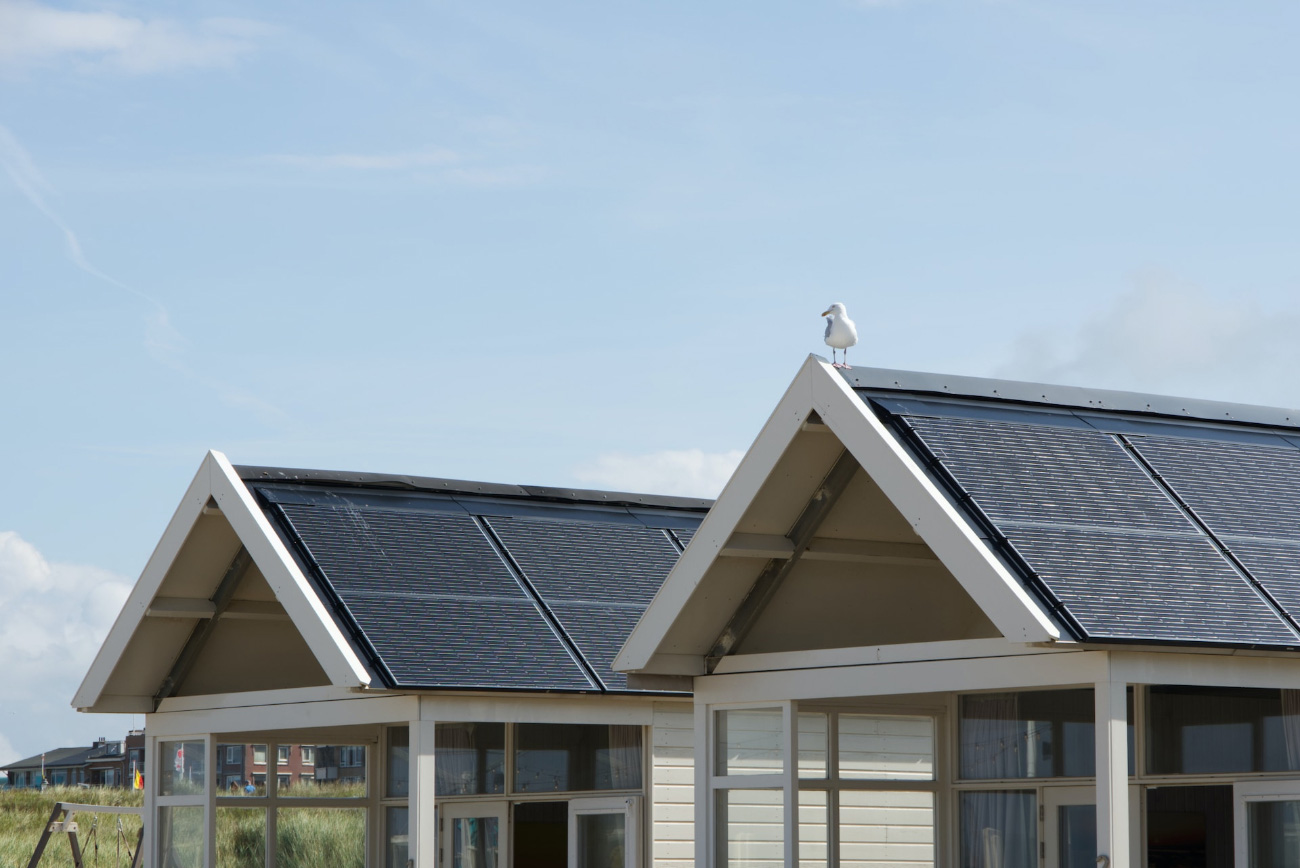The Best Solar Companies Around The World
Get exclusive deals from the best solar companies:

Increasing the Accessibility of Solar and Renewable Energy
The urgent need to transition to renewable energy sources is undeniable in the face of climate change and the depletion of fossil fuels. Solar energy, in particular, has emerged as a key player in the quest for a sustainable future. However, for this transition to be successful, it is crucial to ensure the accessibility of solar and renewable energy to all individuals and communities. Let's explore the importance of increasing accessibility, the barriers that exist, and the innovative solutions that are paving the way for a more inclusive renewable energy landscape.
Removing hindrances that obstruct widespread adoption of renewable and solar energies is imperative to maximize their full potential. Democratizing access ensures that anyone can partake in the transition to a sustainable future irrespective of their background, location, or income level. This inclusiveness accelerates change while addressing issues around energy poverty, fairness in society and inclusive economic growth.
Financial Accessibility
One of the primary barriers to solar and renewable energy adoption is the upfront cost of installation. Historically, the high initial investment has deterred many individuals and communities, particularly those with limited financial resources. However, significant progress has been made in addressing this challenge. Government incentives, such as tax credits and rebates, are increasingly available to reduce the financial burden of installing solar systems.
In addition, game-changing financing methods like the ones available through solar leasing or power purchase agreements are giving people and entities a chance to take advantage of solar energy with relatively low initial expenses. By employing these economic mechanisms, we're increasing fairness and accessibility in the sector for a larger population of users.
Policy and Regulatory Frameworks
An enabling policy and regulatory environment is critical for increasing the accessibility of solar and renewable energy. Governments play a vital role in establishing supportive frameworks that remove barriers and incentivize the adoption of clean energy solutions. Feed-in tariffs, net metering policies, and renewable portfolio standards are examples of effective policies that promote the integration of solar and renewable energy into existing energy systems.
By setting ambitious renewable energy targets and implementing supportive regulations, policymakers can drive investment, foster innovation, and encourage the widespread deployment of solar and renewable energy technologies.
Community Solar Initiatives
Community solar initiatives have emerged as an innovative solution to address the accessibility challenges associated with solar energy. These programs allow multiple participants within a community to share the benefits of a collectively owned solar installation.
Solar power is no longer an unattainable dream for renters, or those facing the challenges of building shading. With community shared-solar practices flourishing around the nation, everyone has access to renewable energies– regardless of ownership status! Initiatives such as these make clean-energy achievable by dividing costs; creating affordable affordability models. Consequently , social harmony builds within communities creating unshakable bonds among residents through these collaborative ventures.
Education and Awareness
Raising awareness and providing education about the benefits of solar and renewable energy is crucial for increasing accessibility. Many individuals and communities may be unaware of the cost savings, environmental advantages, and long-term benefits associated with solar energy. Educational campaigns, workshops, and outreach programs can empower people with the knowledge and understanding needed to make informed decisions about renewable energy adoption.
Sharing precise details, addressing any erroneous beliefs, and spotlighting accomplishments are beneficial methods that can aid in establishing a sustainable culture of renewable energy consciousness. By doing so, we can inspire individuals and societies to embrace clean energy solutions.
Energy Equity and Inclusion
Ensuring energy equity and inclusion is a fundamental aspect of increasing the accessibility of solar and renewable energy. Disadvantaged communities, including low-income households and marginalized groups, often face disproportionate energy burdens and limited access to clean energy resources.
Ensuring that all segments of society benefit from the advantages of renewable energy necessitates a concerted effort towards prioritizing policies and programs that emphasize inclusive access to these resources. The use of targeted initiatives such as subsidized solar installations, workforce development activities for underrepresented groups, as well as outreach activities in underserved areas could assist us in bridging this critical disparity in our society.
Technological Innovations
Technological advancements play a crucial role in increasing the accessibility of solar and renewable energy. Improvements in solar panel efficiency, energy storage systems, and grid integration technologies are driving down costs, enhancing performance, and expanding the possibilities for renewable energy deployment.
In remote areas where infrastructure is inadequately developed or adverse geographic factors prevail, decentralized as well as off-grid options such as microgrids plus portable solar equipments are vital sources for achieving power access. Technological advancements will further broaden opportunities for making renewable sources like solar more widely accessible particularly in such difficult circumstances.
Partnerships and Collaboration
Partnerships and collaboration are key to increasing the accessibility of solar and renewable energy. By working together, governments, industry leaders, nonprofit organizations, and communities can pool their resources and expertise to overcome barriers and drive meaningful change. Public-private partnerships can unlock funding opportunities and streamline regulatory processes, while collaborations within the renewable energy industry can drive efficiency improvements and spur innovation.
Engaging local communities and grassroots organizations ensures that initiatives align with their specific needs, fostering a sense of ownership and creating inclusive solutions. International collaboration and knowledge sharing are crucial for accelerating global accessibility to solar and renewable energy.
Wrap-Up
For a cleaner future powered by renewable sources like solar power- enhancing their accessibility is vital. Surmounting monetary barriers, developing policy frameworks that support such alternatives, encouraging experimental community solar initiatives and spreading awareness while ensuring an equitable distribution of resources, would pave the way ahead as we harness newly available technologies.
It is a collective responsibility to create an inclusive renewable energy landscape that empowers individuals and communities, drives economic development, and mitigates climate change. Through concerted efforts, we can accelerate the transition to a cleaner and more equitable energy future for generations to come.

